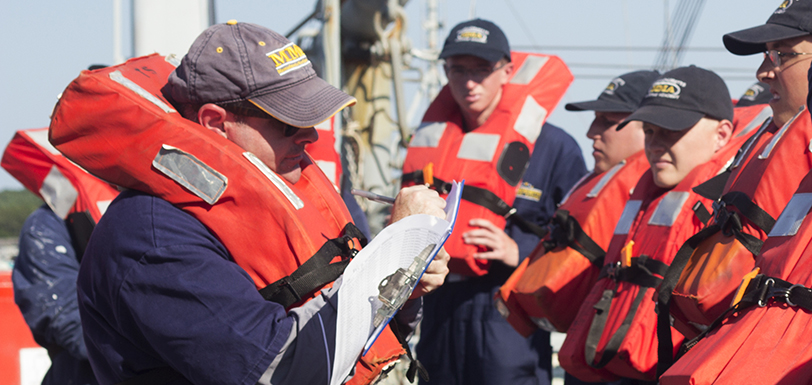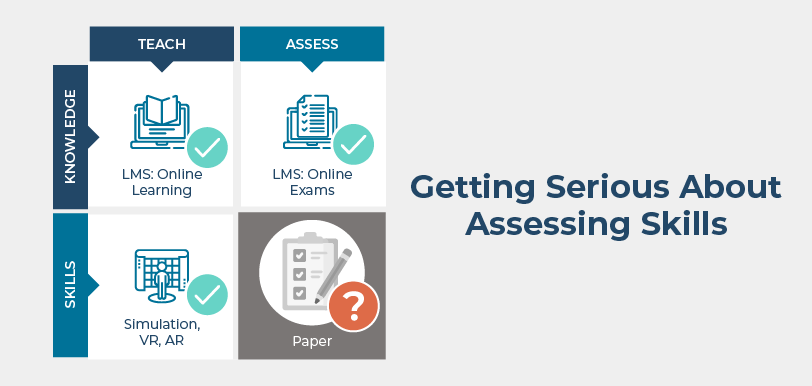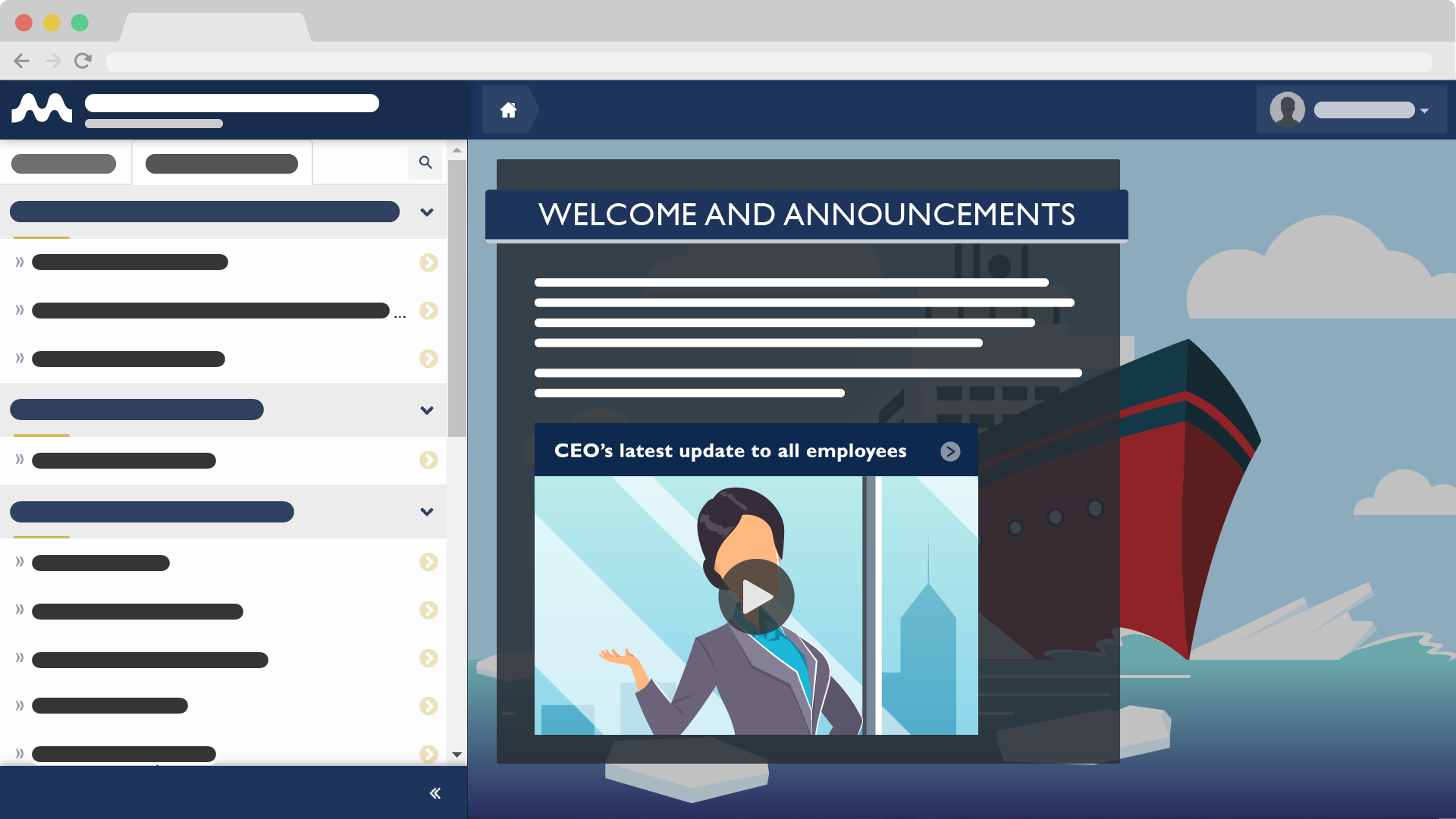What is Training: A look at different perspectives
Dec 2, 2015 Murray Goldberg 0 Maritime Training, MentorshipIntroduction
I recently returned from the Western Region conference of the Passenger Vessel Association where I gave a presentation on the growth of eLearning in the maritime industry. It was a fantastic conference, and the PVA is an excellent association (which I recommend to you if you are a passenger vessel operator in the US). As a head’s up, they are having their annual national meeting near the end of January – so consider attending if you can.
During one of the coffee breaks, I was engaged in a conversation with some trainers from a few ferry companies. The topic of the conversation was “what is training”? I was so very pleased to hear the perspectives of these trainers as each of them speak to the real utility of (and beauty of) training. I commented that hearing and understanding these various perspectives can make every trainer a better trainer – if for no other reason that it causes each of us to reflect on what we are doing. And I am not only speaking of people who hold a company title of “trainer” – because we are all trainers, whether we are a trainer, an officer or a company executive. Understanding that we are indeed all trainers was one of the most important perspectives we discussed, and was a theme in the rest of the discussion.
I’d like to briefly share with you the thoughts discussed during that coffee break. So – “what is training”?
Training is… The Transfer of Knowledge and Skills
While it can be argued that the transfer of knowledge and skills is always the end goal of training, the trainers I spoke with all agreed that focusing on this aspect of training too heavily often leads to some of the worst training experiences and outcomes we have seen.
The best way to explain this is by invoking the saying: “give a man a fish and you feed him for a day; but teach a man to fish and you feed him for a lifetime”. The idea here is that even if your training is successful in passing along the required skills and knowledge, but do no more, then you have missed a tremendous opportunity to encourage and enable continuous learning in the learner. So the learning stops there, and the skills and knowledge may even be quickly forgotten.
Instead, one can rise one level above mere knowledge transfer and refocus on learner engagement, motivation, reflection and reasoning. These words may seem cliché, but it is actually a very simple and very useful shift.
How do you make this shift? Make sure your learners understand why what you are teaching is important. Tell personal stories about the moment when you learned the importance of what is being taught. Tell them how you employed this information in your work onboard and why it make you safer and more productive (and possibly even happier)! Illustrate the consequence of not employing what is being taught. Give them time to consider the knowledge being taught and reflect on the importance to them in their daily work lives. Let the learners explain themselves why it is important.
If you are able to make this shift from knowledge transfer to engagement and motivation, you will have given them a reason to learn and a reason to employ this knowledge. Motivating them as learners is far more powerful and productive in a learning setting than almost anything else you can do as a trainer. Not only are they almost guaranteed to learn the subject matter, but you will have helped create both a lifelong learner and a learning ambassador to their peers.
Training is… Facilitating, not Teaching
If you are able to make the shift above – from teaching to motivating, then your job now becomes less a lecturer and more a facilitator of learning. It is your job to show the way. Help them understand what they need to do to become proficient at the skill or have mastery of the knowledge. You have probably heard the saying: “A great teacher is less a sage on the stage than a guide on the side”. Having taught thousands of students myself, I can assure you that it is not only more effective, it is also far more satisfying being the guide on the side.
Guiding, rather than teaching, subtly moves the learner from being a passive knowledge container to being an active participant in their own learning. This shift underlies a fundamental aspect of a successful training experience. Training is not something that should just happen to trainees. It is an experience that trainees should be an equal partner in – centered on self-discovery for the learners.
What does this mean in practice?
It means (again) less lecturing, and more discussion and cooperative problem solving. Have your learners review the basic knowledge before coming to class on-line or on-paper, and then use the class time to engage them with discussion and difficult problems that can be worked on collectively. And never be afraid to let the learners help guide the learning experience. Although you cannot compromise on the end goal of the learning experience, you can engage the learners on the best way to get there. Don’t be afraid to ask them what they need, and what they think would help them learn best. Mix those ideas with the techniques that you know work well from experience and you will create more engaging and effective training experiences.
Training is… Mentorship
One of the items that came up many times in the conversation is that trainers offer a value which is far greater than the knowledge they are imparting. They offer experience. It is a shame if they don’t use training events to share that experience.
We are essentially talking about a form of mentorship. Trainers should always feel free to share not only information, but also values, career guidance, support, and their love of the work. These are the real gifts that an experienced trainer can offer. If you, as a trainer, have been in the maritime industry for some time, you’ve gathered a tremendous body of experience that can be a real asset to your trainees. By sharing it you are not only helping them make the difficult career decisions that will inevitably be a part of their lives, but you are also demonstrating (and furthering) the strength of the maritime community – where mariners support mariners.
Training is… Leadership
Some time ago I was having a conversation with a retired US submarine admiral. He talked about training as leadership and I related his comments to the group of trainers I was speaking with at the PVA conference. He illustrated his point with an incredibly simple but profound act he would perform now and then.
The admiral said that every once in a while when there was a large number of his crew and officers assembled on deck for any reason he would have someone discreetly place a small bit of litter on the deck. Then, he would walk out onto the deck, walk over to the litter, pick it up, and place it in a garbage receptacle. Talk about teaching by doing.
There were so many lessons conveyed in this simple but wonderful act. Most simply it said that the deck needed to remain clear of debris and that this was important. It also said that no one, not even the admiral, was above doing any job that needed to be done. It taught that everyone was “in this together” and that everyone watched one another’s back. It even conveyed cultural implications – picking up the garbage yourself instead of looking for someone to blame.
Conclusion
Consider the power of the message given by the admiral when he picked up the garbage on the deck. It was so meaningful, and yet it was so simple. Good training is like that. Think about what message you want to convey. Think about what effect you want to have on your trainees. If the answer is to convey knowledge, then think a little harder, a little deeper. Small shifts in your intent and in how you train can make truly profound differences in the effect you have. And this effect will produce better trainees, lifelong learners, more engaging and profound learning experiences, and even important company culture shifts. It isn’t hard – it only takes a desire to make a difference and a little bit of thought.
Follow this Blog!
Receive email notifications whenever a new maritime training article is posted. Enter your email address below:
Interested in Marine Learning Systems?
Contact us here to learn how you can upgrade your training delivery and management process to achieve superior safety and crew performance.






